Analysis of Physico-Chemical Differences Between Flours from Peel and Core Mills-2
Edited by: www.immy.cn / www.immyhitech.com
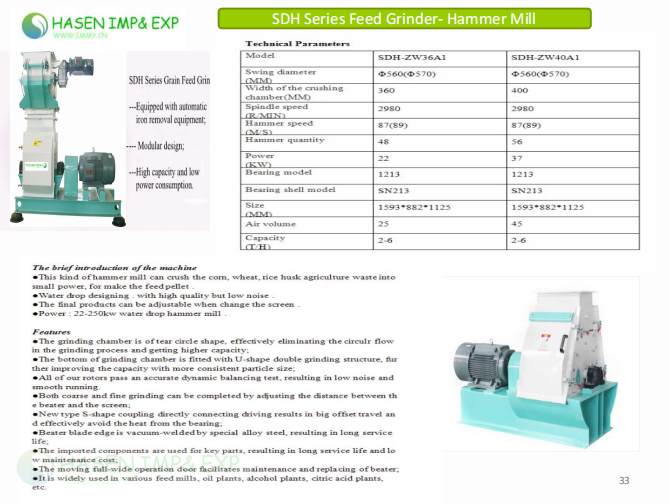
Core physical and chemical indicators of the differences in the analysis of ash: the most significant quality markers skin milling powder: ash is significantly higher.
The reason is: the material itself contains a mineral-rich paste layer (good nutrition but high ash). Bran fragments (bran stars), which are inevitably mixed in during the grinding process, are the main contributors to the ash content. The further back (3B, 4B), the higher the ash content, because the processed material adheres more to the bran and is more difficult to separate. Core milling: The lowest ash content, especially in the front core mills (1M, 2M). The material is the pure endosperm centre part with the lowest mineral content. The grinding environment is relatively ‘clean’ and the possibility of mixing in bran stars is minimised.
Quality control significance: Ash is the core indicator of flour accuracy (degree of gluten mixing). Low ash core milled flour is the basis for high precision grades (e.g., Special One); skin milled flour has a high ash content and is often used for lower grades or wholemeal flour. Colour (whiteness/L* value): a direct reflection of sensory and precision Skin milled flour: darker colour (low whiteness/L* value), often with a grey or yellowish tinge. Reason: The mixing of bran fragments (brown) and paste layer substances (yellow) directly deepens the colour. Slight enzymatic browning may be caused by polyphenol oxidase etc. in the bran.
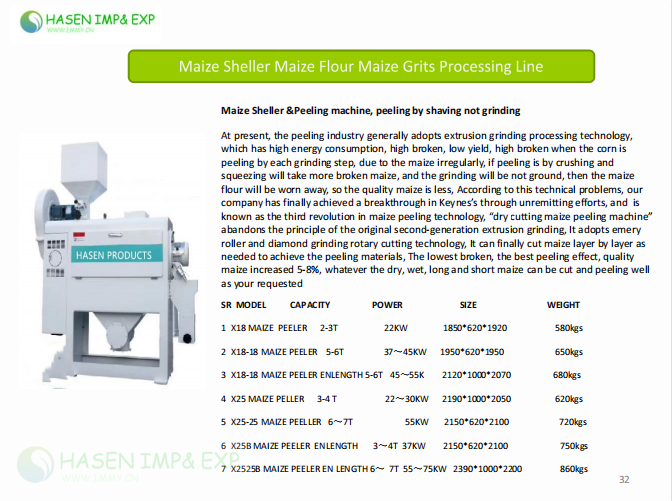
Core milling: whitest colour (high whiteness/high L* value). The pure endosperm contains mainly white starch and light yellow gluten proteins and is naturally white. The content of gluten stars is very low and there are no significant colouring disturbances.
Quality control significance: Whiteness is the most intuitive quality perception of consumers, high whiteness core milling flour is the first choice for high-end noodle products (such as refined noodles, steamed bread). Skin milling flour affects the overall whiteness, and the dosage needs to be controlled. Protein content and quality: the cornerstone of functional properties Skin milled flour: medium or slightly high protein content. The paste layer is rich in protein (mainly enzyme proteins, globulins) and the scraped off outer layer of the endosperm is also high in protein (the peripheral part that forms the gluten network).
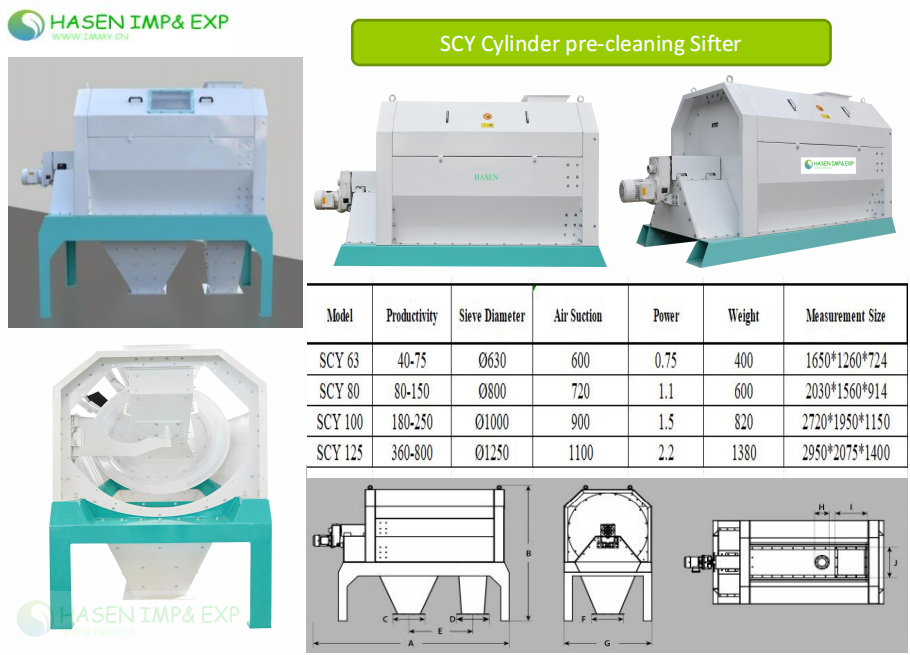
Core milled flour: the protein content is usually the highest (especially in hard wheat front-road core milled). The centre of the pure endosperm is rich in gluten-forming wheat gluten proteins and alcohol soluble proteins (glutenins). Quality (gluten characteristics): Skin milled flour: relatively poor gluten quality. The mixed bran stars physically cut the gluten network, reducing its continuity and strength. Paste layer proteins are non-gluten proteins and do not contribute to elastic extensibility. May lead to unstable dough absorption, weak elasticity and easy breakage. Core milled flour: the most superior gluten quality.
The gluten proteins are pure, with little damage, and form a strong, ductile, and elastic network of high quality gluten. It is the key to dough skeleton and air holding capacity. Quality control significance: high gluten flour depends on high content and high quality core milling flour; too much skin milling flour will weaken the gluten strength, according to the product particle size and starch damage: affecting the processing performance and taste Particle size distribution: Skin milling flour: the particles are relatively thicker and wider in distribution. Because of scraping, grinding is more ‘gentle’, and the material contains tough bran, which is not easy to grind finely. Contains more medium-sized particles. Core milled: finer and more uniform (especially front core milled). Pure endosperm is easy to grind and the goal is to produce fine powder. A high percentage of fines (<40μm) is characteristic.
Starch damage: Skin milled flour: low starch damage. The grinding action is relatively gentle and the hardness of the material is uneven (bran buffer). Core milling: high starch damage (especially with increased core milling pressure at the back). Pure endosperm is more likely to be crushed and abraded by mechanical forces when the starch granules are subjected to strong grinding.
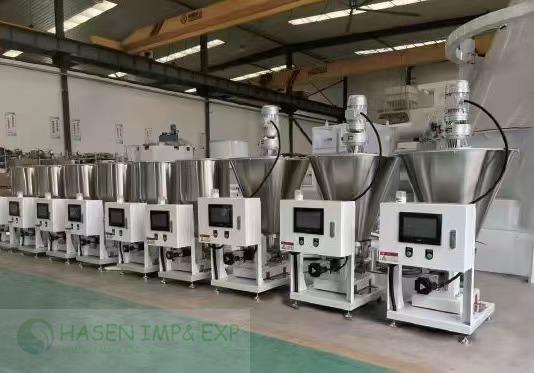
Quality control: Particle size: Flour with a high proportion of fine particles (core milled flour) hydrates faster and doughs are easier to form; coarse particles (skin milled flour) affect texture (e.g., sandiness) and uniformity of water absorption. Starch damage: Moderate damage to starch (contributed by core milling flour) improves water absorption, provides a sugar source for yeast fermentation (produced by enzymatic digestion), and improves baking expansion. However, excessive damage (especially too much core milling in the back end) can lead to sticky dough, collapsing of the finished product, and accelerated aging. The grinding intensity of the core milling system needs to be strictly controlled. Enzyme activity: affects biochemical reactions and shelf life Skin milled flour: Enzyme activity (especially amylase, protease, lipase) is significantly higher. The paste layer is an enzyme-rich area. Bran itself contains many enzymes.
Core milling: very low enzyme activity. Pure endosperm contains very little enzyme.
QC significance: Skin milling flour is the main source of enzymes in flour. Moderate enzyme activity (e.g. α-amylase) is beneficial for fermentation and baking (sugar production, improved rheology). However, too much activity (especially lipase and protease) can cause serious problems: lipase accelerates rancidity (ha failure) and shortens shelf life; protease breaks down gluten excessively and weakens the network. Controlling the ratio of hulling and milling and improving the microbiological control (exogenous enzymes produced by moulds) of the raw wheat (especially the paste layer) are key. Dietary fibre: the double-edged sword of health and craftsmanship Skin-milled flour: high content of total dietary fibre, mainly insoluble fibre (cellulose, lignin), derived from mixed gluten fractions.
Core milled flour: very low in dietary fibre.
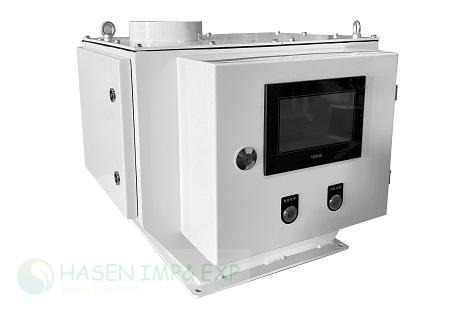
QC implications: Increased dietary fibre is a healthy trend (increased value of core milled flour), but excessive insoluble fibre can seriously interfere with gluten network formation, and high water absorption leads to dry, hard and small products. Whole wheat flour/high-fibre flour needs to be scientifically matched with hulled flour and gluten may need to be added to compensate for gluten strength. Quality control strategy and application insights Precise grading and system control: The core is to ensure the clearing efficiency, maximise the pure endosperm into the core milling system, and leave the bran-containing materials in the skin milling system. Optimise the stripping rate and powder extraction rate of the skin mill to reduce the bran breakage at the back. Core milling focuses on fineness of grind and starch damage.
The art of milling: Modern flour mills rarely use a single system directly. The core of quality control is to scientifically mix the proportion of different system flours according to the demand of target products (e.g. bread, noodles, steamed buns, biscuits, pastries). High gluten bread flour: High-quality, high-protein, low-ash front-end core milled flour (1M, 2M), with some front-end skin milled flour (1B, 2B) to provide enzyme activity, and strict control of the proportion of back-end flours (high-ash, high-damaged starch, high enzyme).
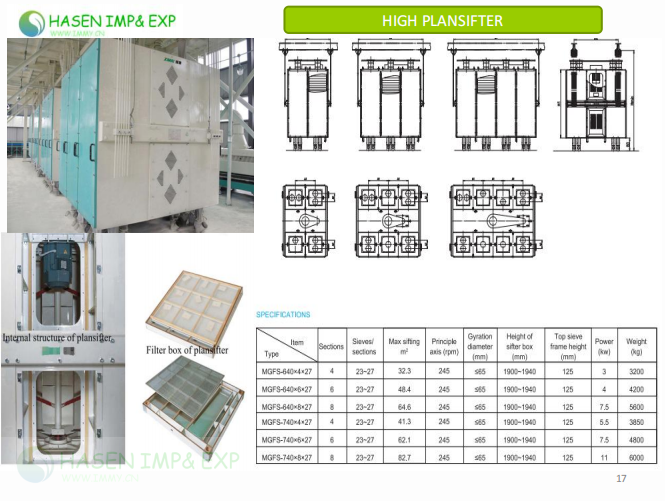
Chinese steamed bread/noodle flour: focus on whiteness and palatability, mainly medium front-end core milled flour, with moderate amount of front-end skin milled flour to provide a certain degree of gluten, requiring low ash and good colour and lustre. Biscuit/pastry flour: low protein, weak gluten. Can increase the proportion of back road core milling flour (relatively low protein content, but need to pay attention to damage starch control) or soft wheat core milling flour, reduce the high gluten of front road core milling flour.
Wholemeal/High Fibre Flour: Proportionally back blended with a specific size of bran (often derived from bran screened out of the hulling system and reprocessed), to address shelf life issues associated with weakened gluten, high water absorption, dark colour, and high enzyme activity. Monitoring of key indicators: Monitoring of system flours: Regular testing of each system's export flours (especially 1B, 2B, 1M, 2M, back-end flours) for ash, whiteness, protein, wet gluten, flour stretch (if conditions permit), particle size, starch damage (or indirectly by settling value/pasteurisation properties), specific enzyme activities (e.g. lipase). Establish a systematic flour quality profile.

Wuxi Hasen Import And Export Co.,Ltd
Contact:Amina Zhu
Mobile:+8613812016908
Email:sale@immy.cn
Add:#68,Xindongan Rd,Xinwu Distt,Wuxi,Jiangsu,China 214000